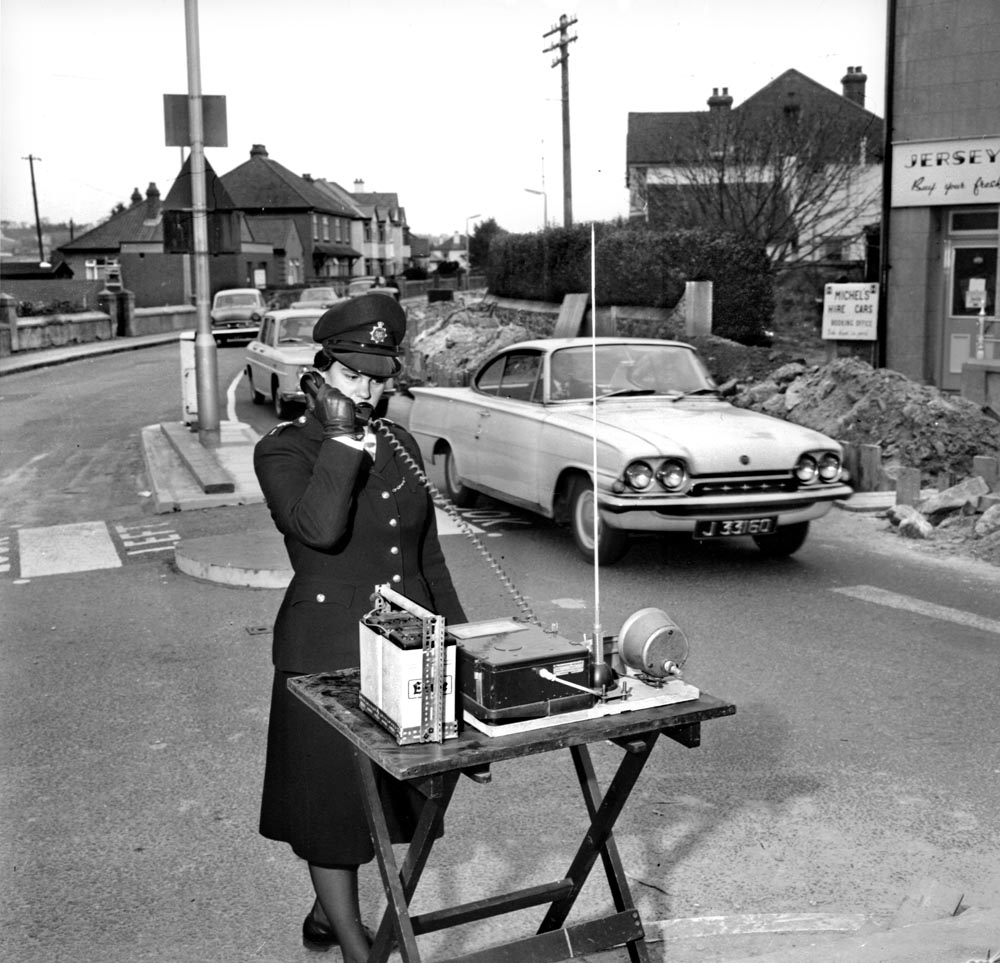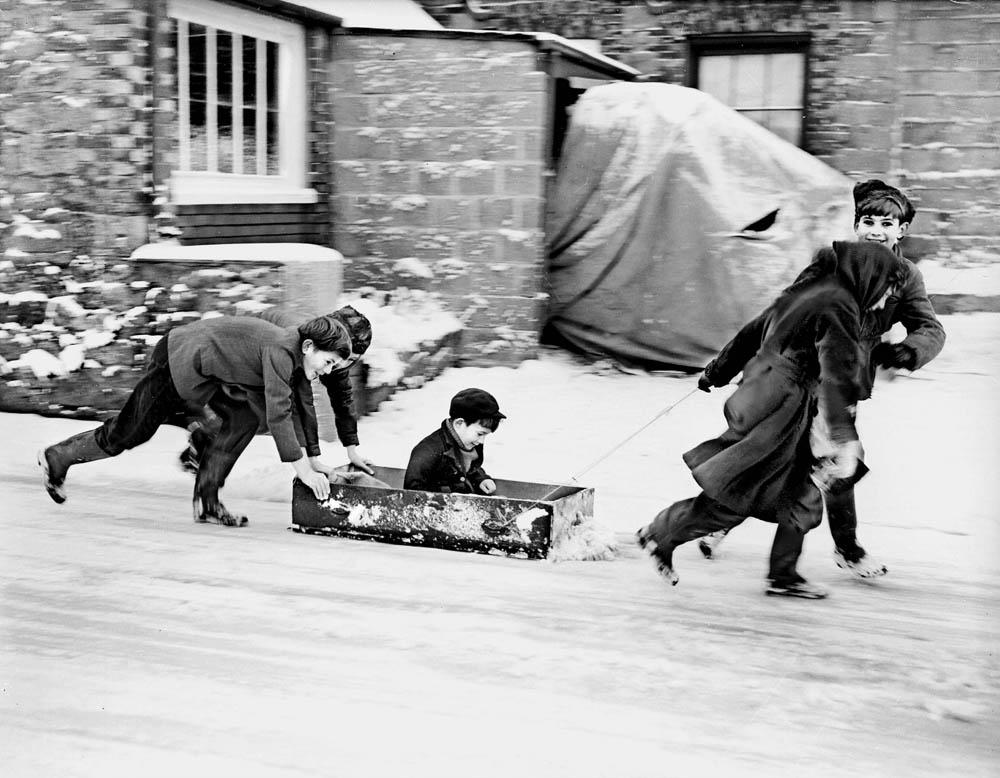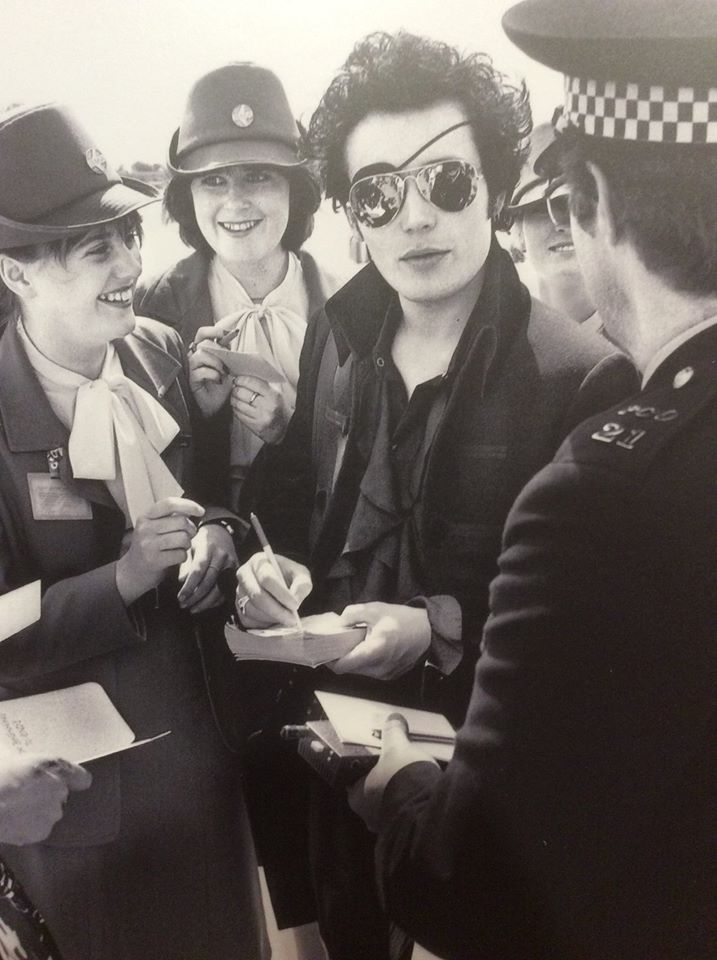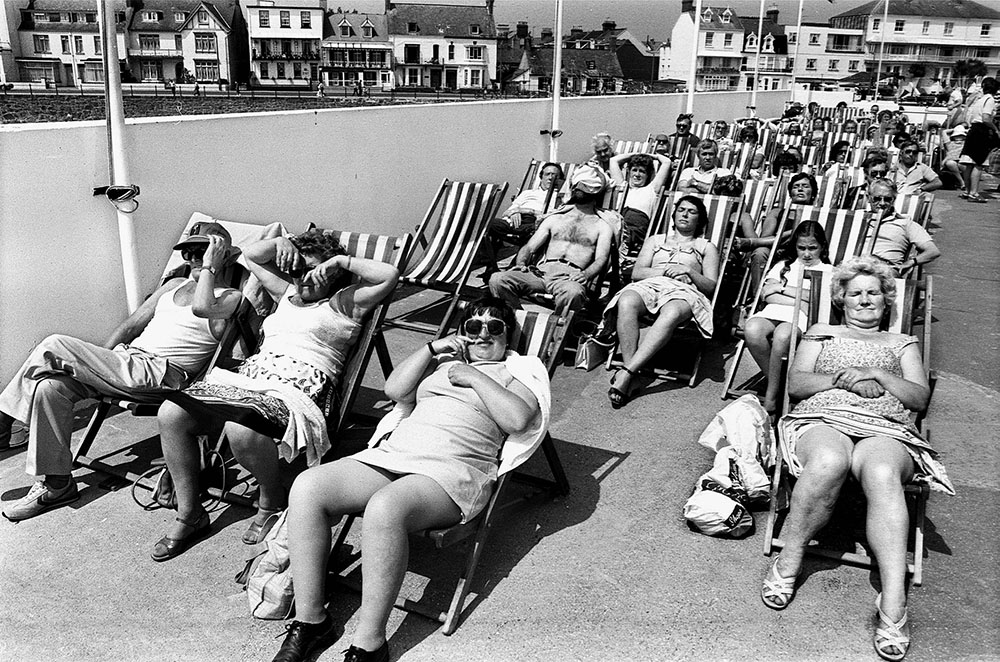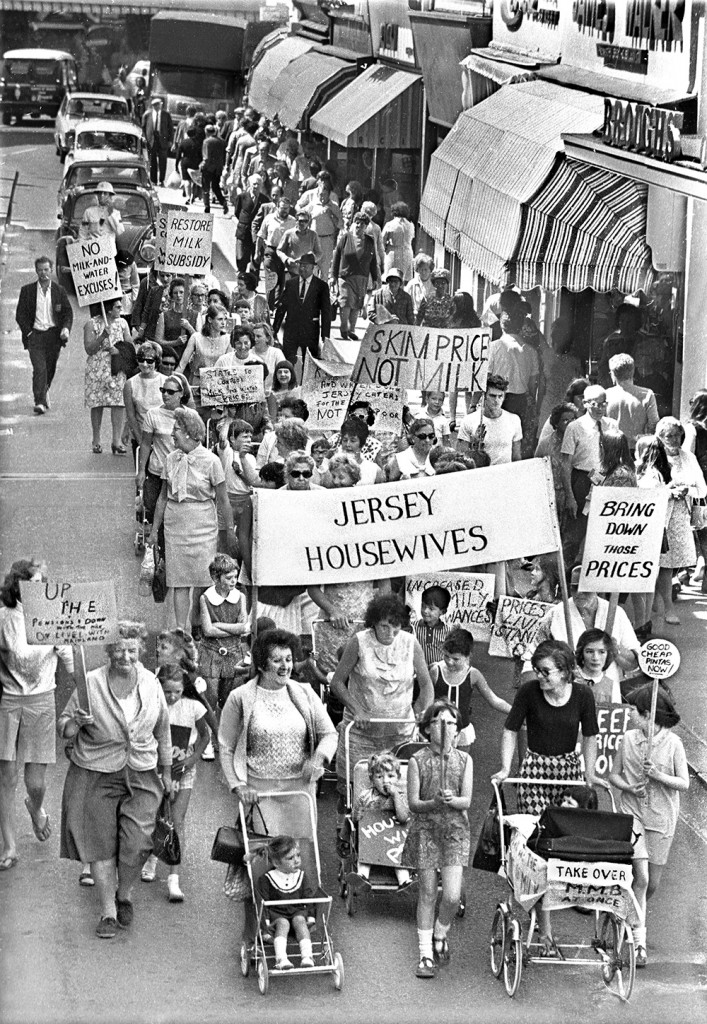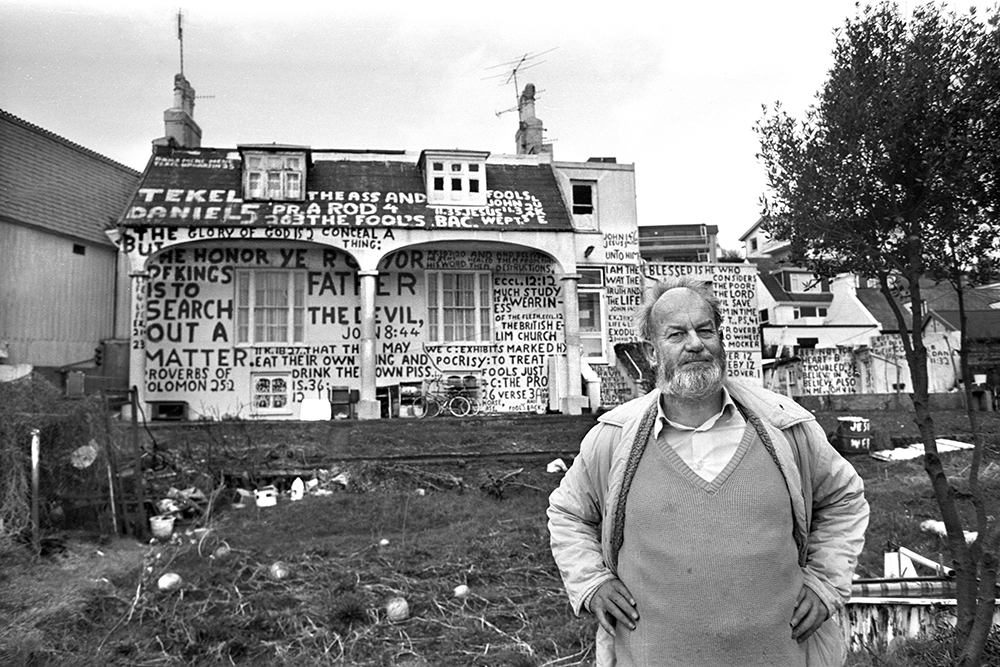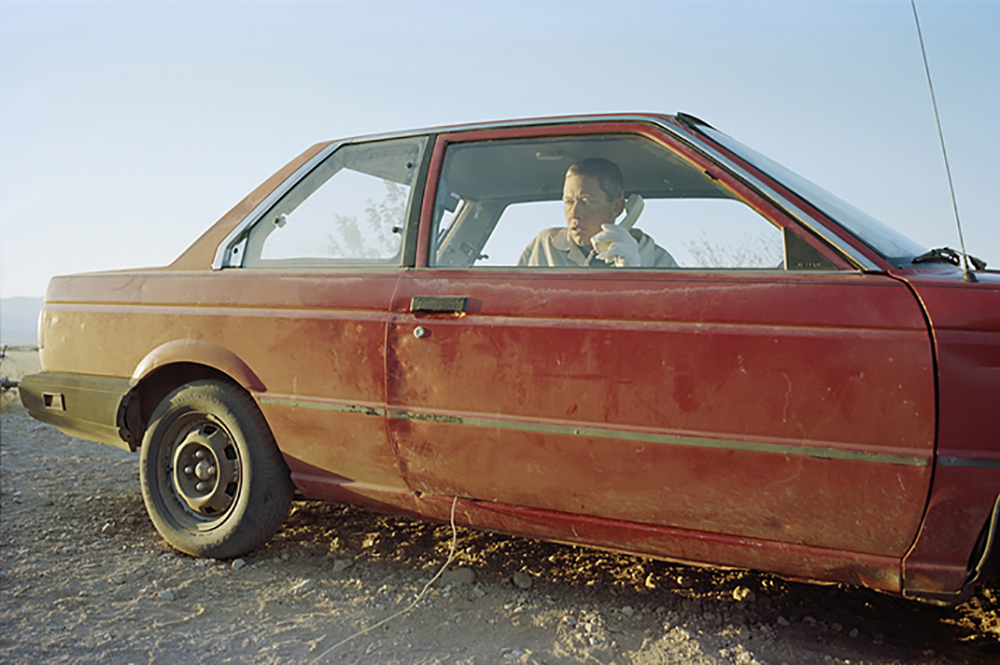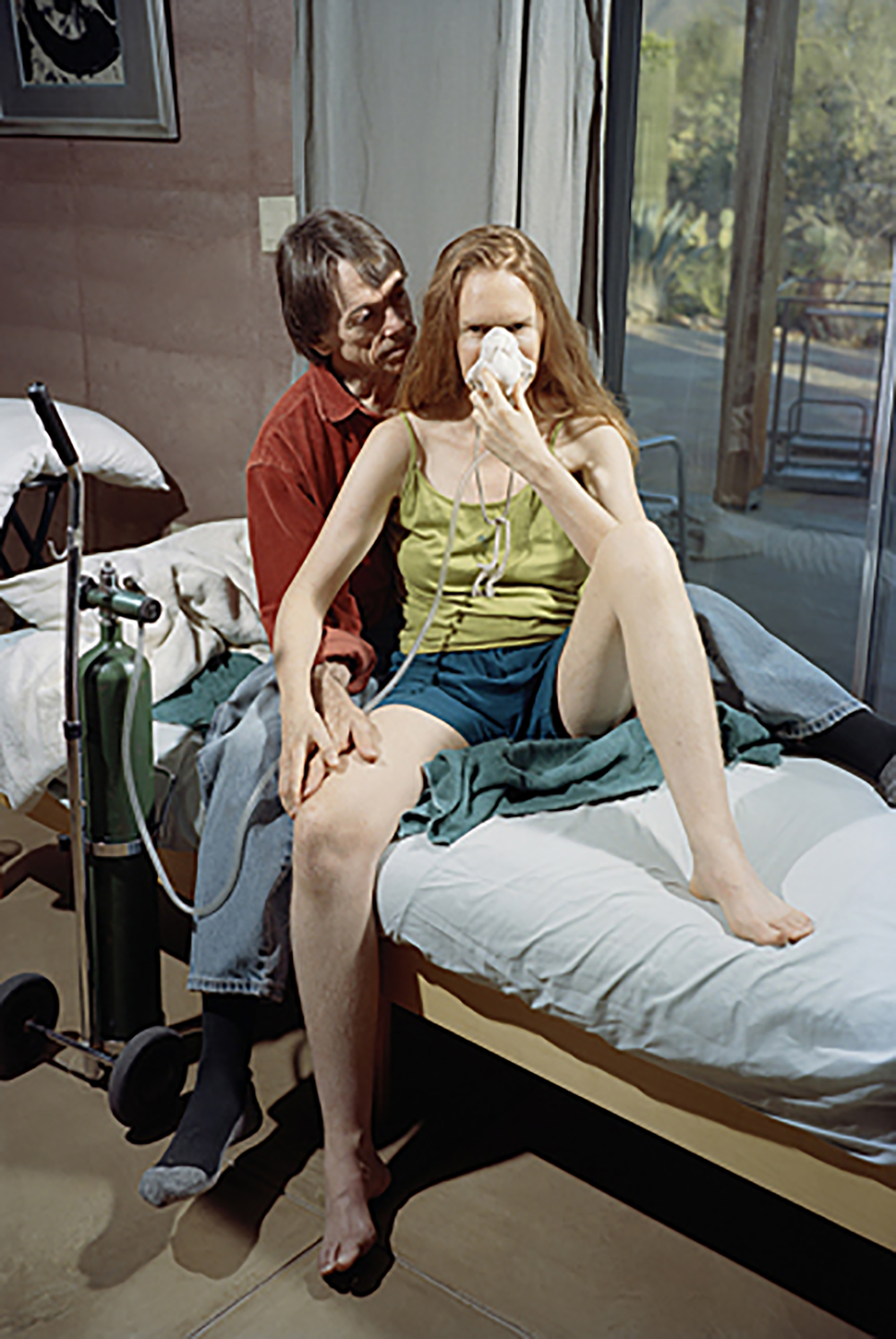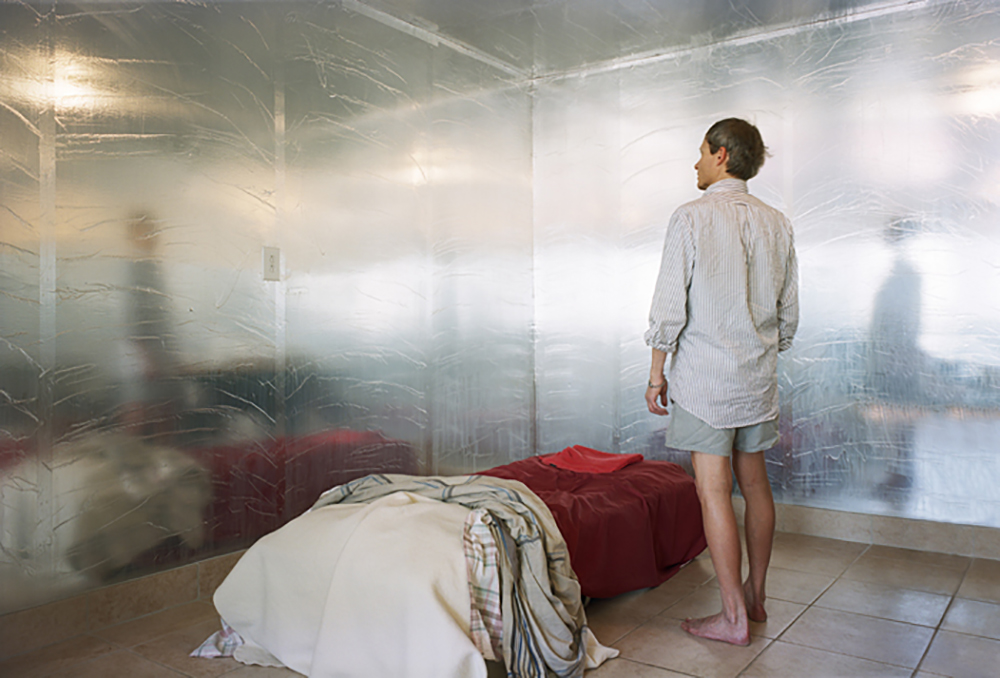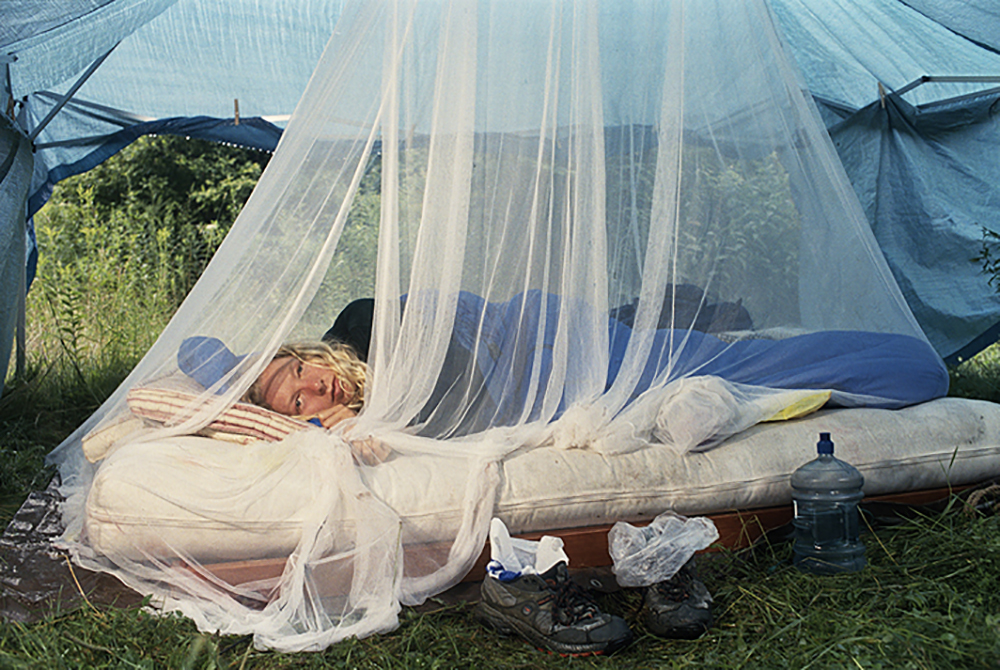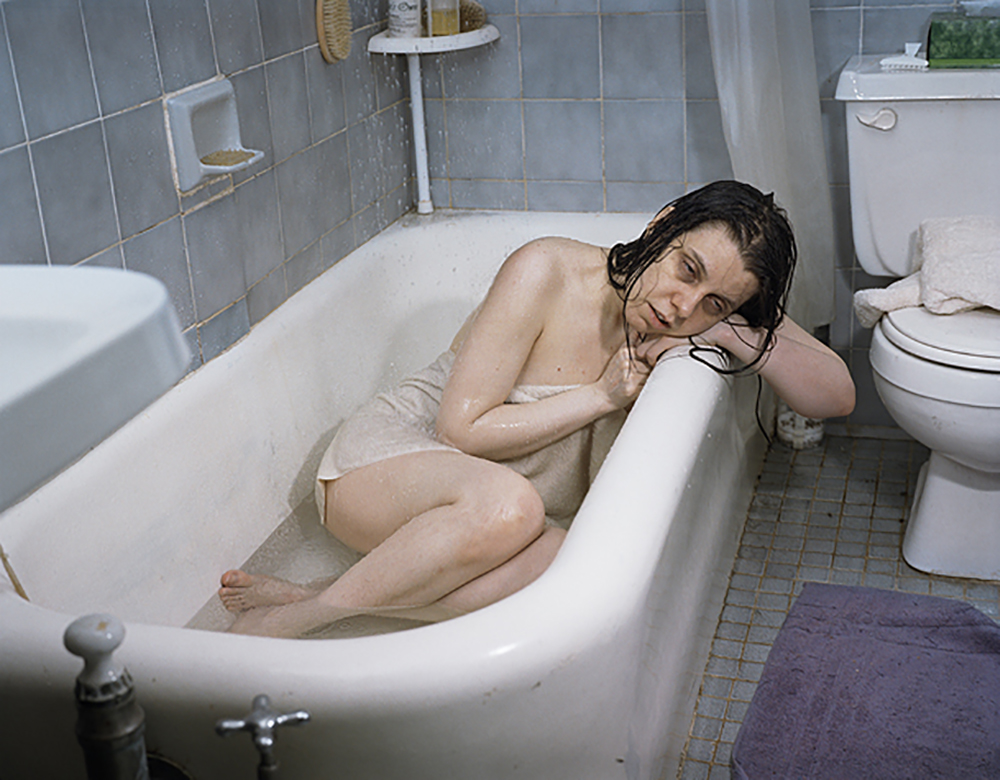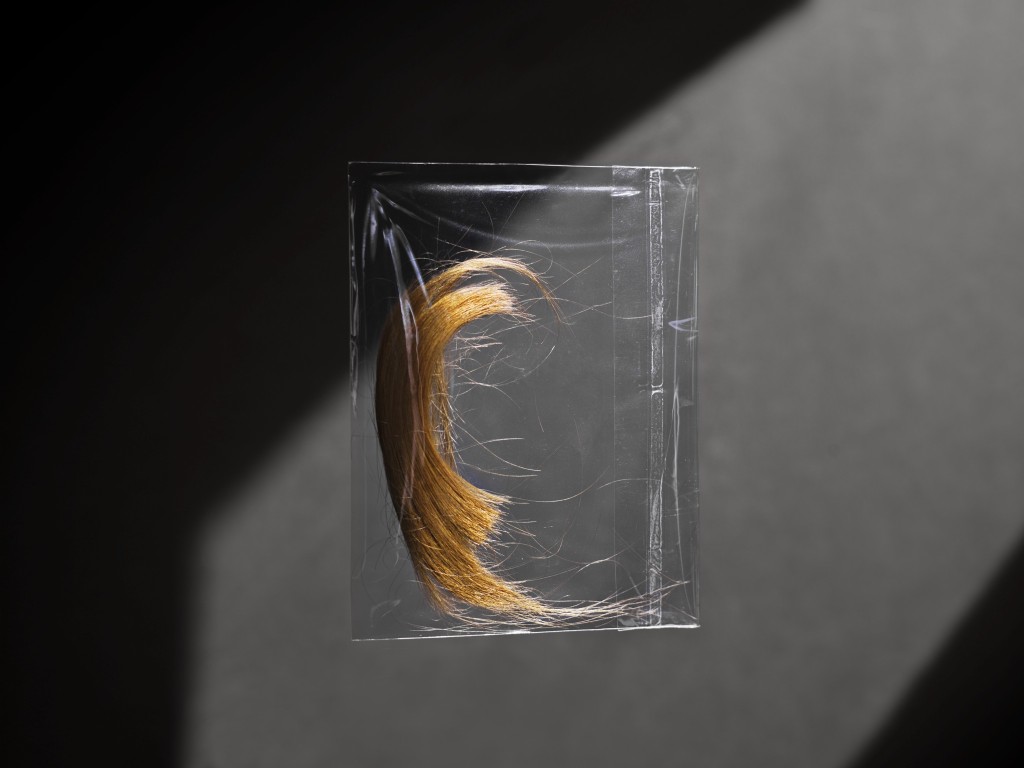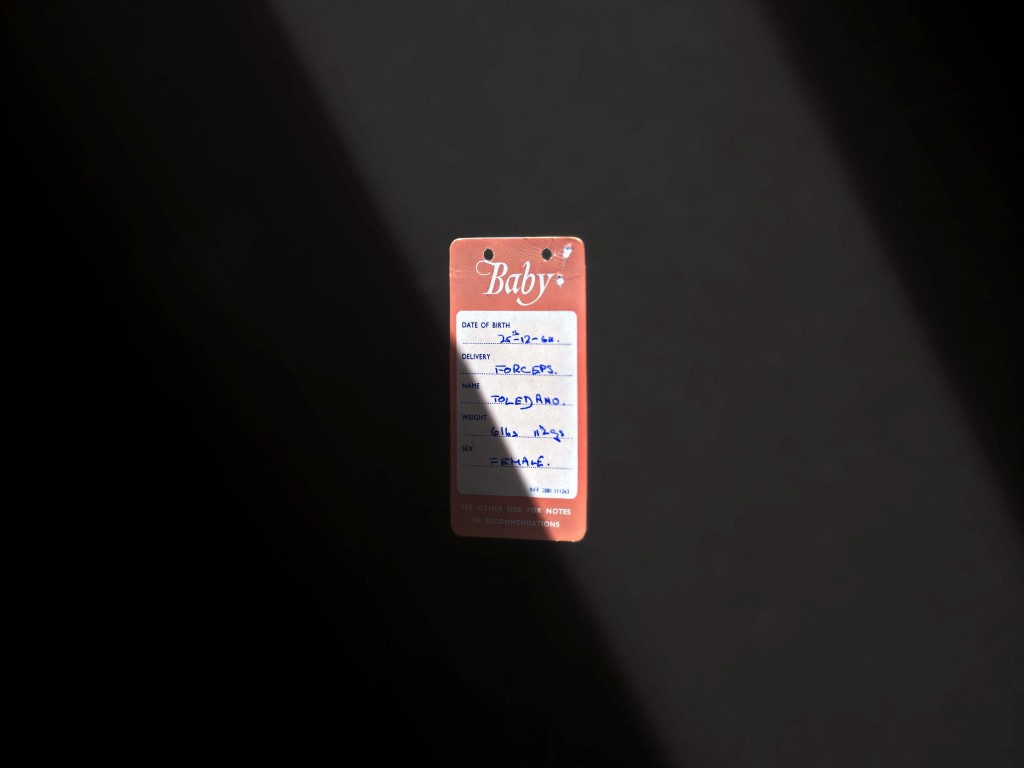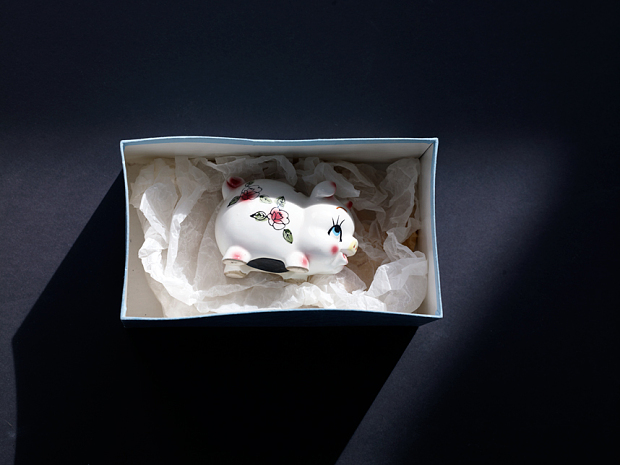As a repose to my ‘Specification for Family Shoot’ post that I uploaded before I have produced a set of images.

Above, is a photograph of my cousins daughter. She is simply playing on her game. Her body language is laid-back and relaxes as she sits on the sofa. Her full concentration is placed on the mini screen. The placement of the boots on the stone floor adds balance to the picture. This is because the shot doesn’t feel as empty.

The picture above was taken spontaneously as my family we in the middle of a conversation. I took this is an un-staged manner. The coffee cup is placed on top of a dark red car, which adds interest to the picture.

This shows my family members chatting before the man in the helmet leaves. Again this picture was taken in an un-staged manner, as they were casually occupied and oblivious that I took this picture.

Above, is another shot that I took in an un-staged manner. As you can see it’s very hectic and animated. There is a lot going on here, from the man moving his bike, to my cousin drinking his coffee and my uncle in the green top, walking out. With that comes the confused face on the girls face as she figures out what’s happening. Everybody seems to be in their own little world and they’re all doing something different. Nevertheless, their faces all show confusion as they are mostly squinting their eyes and pursing their lips.

Here, my dad is pictured on his motorbike. I asked him to pose for this image and asked him to look at the camera. This is a medium shot, so it shows his whole body and also some surroundings. In addition, I also captured the following two photographs from this set:

This is a much closer version of the previous on. Additionally, the motorbike driver is looking away.

Finally, my dad is seen leaving the house as my small cousin looks on. You can tell that she is very intrigued and has even left her game to look up and see him leaving.

Later, my male cousin and uncle were having a discussion outside the house. The tattoo is a sign of permanence and meaning so it’s significant that he has it on his arm. My cousins sheer look of concentration whilst speaking demonstrates that he’s probably very interested in capturing my uncles attention and the mix of facial expressions and body language points that out.

Above, my cousin turned around as I was taking this and I caught him mid-talking. My uncle in turn was left to look at hi neck and ponder what he was doing. My cousin seems alert and annoyed. The raised eyebrow may suggest that he is suspicious.

I captured this shot by using different focuses. I wanted to catch the neighbor just behind the girls head. He was doing some yard work and sweeping excess waste from the floor. I positioned myself at eye-level to my female cousin and then focuses solely on the man.

Then I got my uncle to let me take a self portrait of him. He usually dislikes taking pictures, therefore he wasn’t very eager to let me take this. I used the grey wall from the backyard as a background. My uncle’s didn’t smile, which I believe is great. This shows a real rawness to his character.

Next, I decided to explore inside the house. My cousin was talking to me as I took this. She was showing me around the house and the floor captured my attention. Since the house is being re-furbished and new carpets are yet to be put in the wooden flowing was left looking dull. You’re able to see the discolored pieces and jagged edges of the material. This is just a small detail of the house which on a whole adds to the meaning.

Meanwhile, this is another close-up shot of the door that leads up to the bedrooms. The door is covered with cream tape and in effect is unfinished. The natural sunlight coming from the far right enters through the small squares on the door, that have been created by the tape. The light shines on the wall on the left and I think that it looks very magical.

Here, my auntie posed in front of her car. I didn’t even have her to pose as it was an automatic response. In this case the photograph is categorized as staged. This is because she acted differently in accordance to me having a camera with me, whereas in the other ‘un-staged’ images, my family was caught off-guard.
The following images are of my auntie. My auntie hates getting her picture taken therefore she’s always hiding in some way or covering her face:

In the one above, she hides her face looking down at her feet.

When she saw me, she immediately turned her face away whilst I took a photograph of her leaning against the blue car. Her pose is quite relaxed but she seems tense in her mood.
Moving on, I captured some more details around the house.

I believe that this photograph has good very good balancing elements: from the scrupled-up black plastic material that’s being held down, to the grey meter on the left. I like how the meter is small in size and compares to the heavy materials placed on the right. Also the fact that it’s not neat and simply left there adds interest to me.

I also incorporated more inside shots into this response. Here my uncle, which is standing up is trying to unravel his granddaughters blanket as a playful act. The family dog is seen scratching herself also. All in all there is a lot of different movements going on here: from the dog scratching, to my uncle lifting the blanket and my cousin relaxing on the couch. This was taken in an amateur approach as I didn’t bother with compositional elements or any professional photography basics. I simply captured the moments as I saw it, and in turn I was able to exude the emotions in the picture.

My auntie and also godmother was piking up some vegetables when I took this. She remained unaware that I was taking this and carried on with her routine.

Then after a while the little girls mother arrived. She had just come from work and the vibes of tiredness and stress were felt. Here, I took a medium shot, to catch the moment in which she interacted with her daughter as she got home.

After that, the mother discusses something with her husband. I captured this from afar and let them have their moment. Meanwhile, they were completely candid and in an un-staged manner. You can see their facial expressions and gestures to each other.

Another moment in the kitchen displays the girl dancing as the mom tidies the groceries. Her expression seems to be agitated, although that’s just my opinion. It’s a bit shaken, for instance on small cousins arm where the movement blurred her hand.
The following two pictures are taken of my two cousins playing with the family dog. It captures excitement, happiness and sometimes anxiety from the animal:


Below, are two action or movement shots that I took in the front porch. The dog is playing with his new toy and is very energetic and excited. The dog’s persistence to bite the pink toy is present. She’s filled with pure joy as she runs around biting and exploring the new smells with her mouth:


Halfway through a green apple, the mother is looking up at her surroundings. In this particular image, she was aware that I was taking a photograph of her, therefore she looked away. Although her frustration was kept whilst she chewed the fruit.

Outside again, my dad and my aunties boyfriend were inside the car on the laptop. My dad was teaching the man what to do. The window was already rolled down a bit, so this gave me the perfect opportunity to take this.

Then, other family members stood outside showing each other the houses and talking about building. I captured this in an un-staged manner and in a amateur way.

Also, this one was un-staged, the woman was simply laughing at my little cousin outside of the picture frame.

Below, my dad is in the background whilst my cousin is pictured smiling and looking up at someone. Her smile looks real and joyful. Meanwhile my dad is staring at his phone. I like how this picture has a realness to it and depicts a truthful moment. This is because I didn’t plan this and took it randomly.

For the next series of images, I photographed my godfather in his room:

To begin with I took an establishing shot. This is the room in which he shares with his wife, my godmother. I wanted to show the environment and the different details in it.

Since, he was alone it was harder to capture him in a un-staged way. Therefore, I chose to create portraits of my uncle whilst he sat on his bed. In this photograph the man was looking at the wall in a posed manner. I edited the lighting and saturation to create light tones.

Finally, this is my favorite picture out of this series. My uncle has a very relaxed pose. I only instructed him to look at the window, but I think that the way he placed his hand on his chest added personality. He appears to be thinking very thoughtfully about a certain think and generally seems to be day-dreaming or mesmerized. This is kind of like an environmental portrait because he’s in his own environment of his room.
